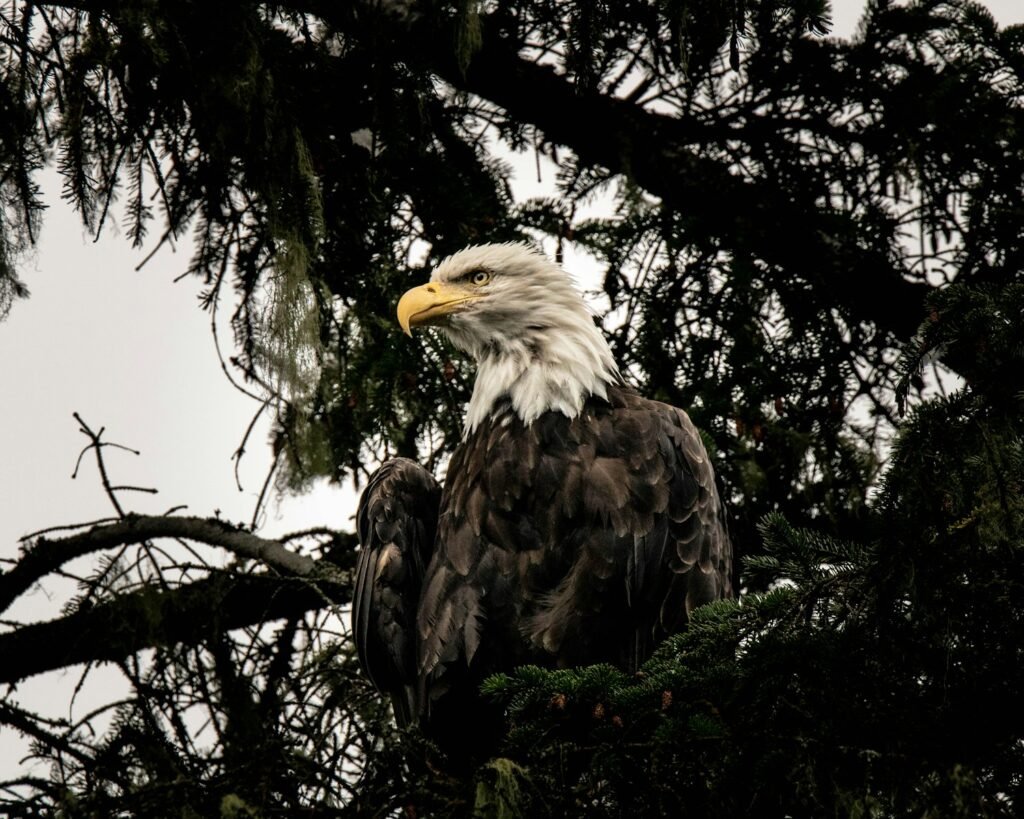Alaska’s winter is a test that breaks the unprepared. Yet as sea smoke rises and river ice groans, bald eagles carve out a life that looks almost effortless. The mystery is how a big, fish-loving raptor withstands months of cold, long nights, and scarce daylight while still keeping enough energy to hunt, soar, and defend territory. Scientists have been quietly piecing together the answers, uncovering a layered survival plan that reads like a field manual written by wind and water. The result is a story that blends physics, behavior, and an astonishing knack for finding warmth where the world appears frozen.
The Hidden Clues
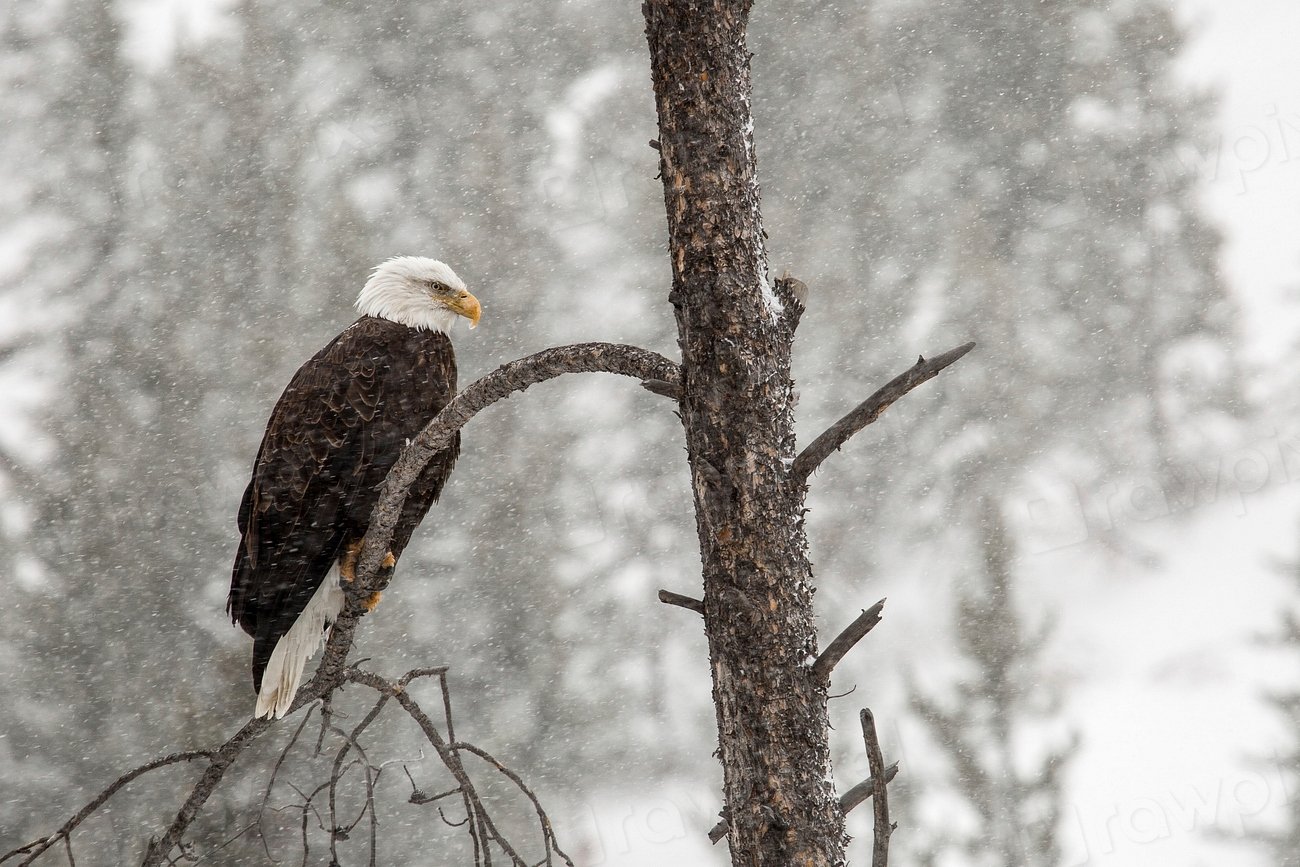
What kind of raptor thrives when the thermometer sinks below zero? Watch a bald eagle hug the shoreline where tidal currents refuse to freeze, and you’ll start to see the pattern. Open water is the first lifeline, and Alaska’s rugged coastlines, estuaries, and groundwater-fed rivers create ice-free ribbons that function like grocery aisles. I remember standing near Lynn Canal one January, my fingers numb, as eagles stitched the gray sky with deliberate wingbeats – every path seemed to trace the edges of moving water.
Those edges carry more than fish; they carry storylines. Where river plumes meet saltwater, dying salmon drift like gifts, and eagles read the currents with the precision of experienced mariners. Shorelines also catch wind, and wind means lift, letting birds commute on energy credit instead of cash. The clues are right there: water that moves, wind that lifts, and trees that soften the bite of night.
From Ancient Tools to Modern Science
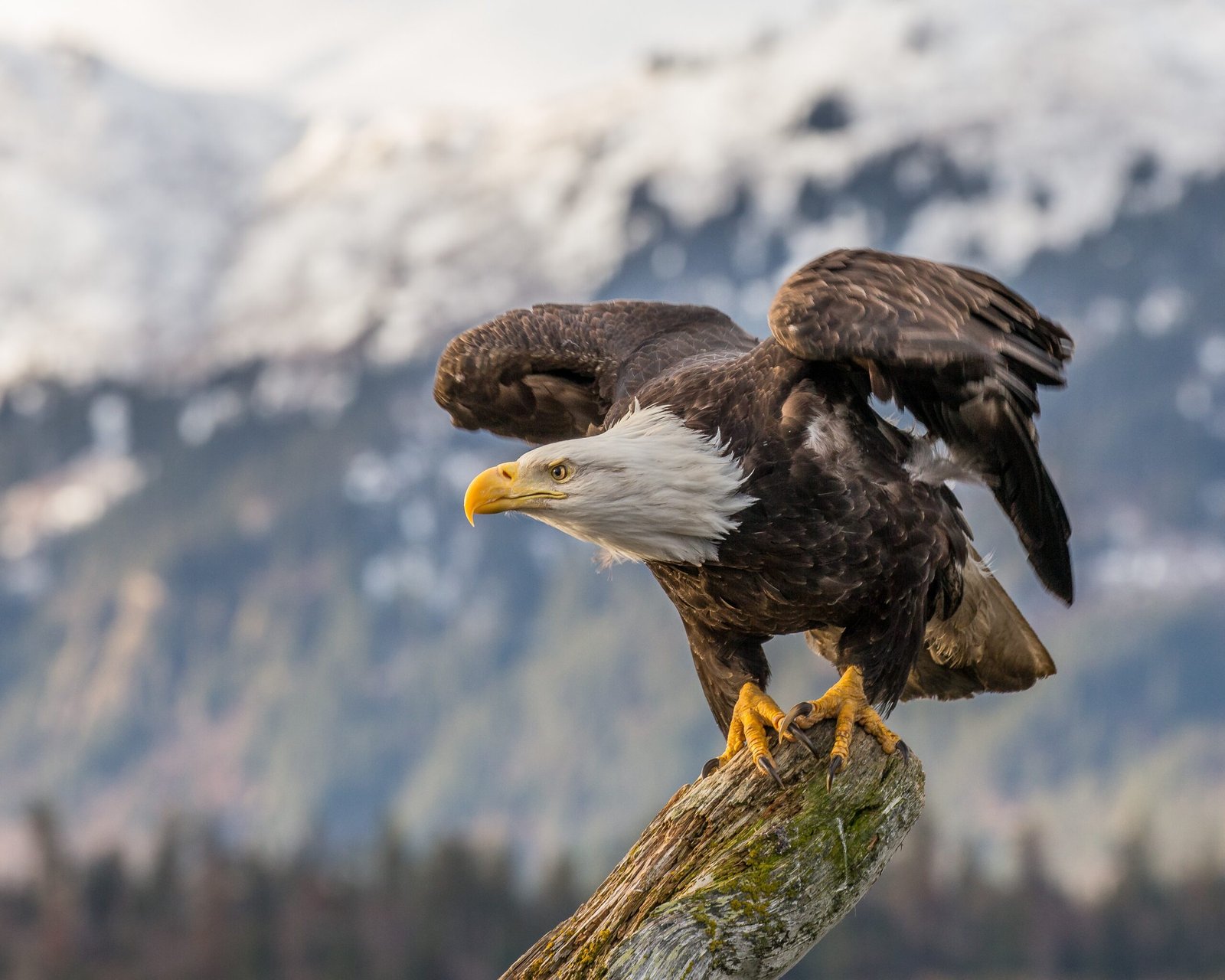
Long before GPS backpacks and satellite maps, Alaska’s Indigenous observers noticed how eagles gathered on certain bends and sandbars when the mercury fell. Today, biologists layer that wisdom with tracking tags that log altitude, speed, and location every few minutes. The tracks show tight spirals over thermal pockets, long glides along fjords, and unhurried patrols above gravel bars where carcasses collect. Cameras hidden near roosts reveal social choreography: dominance displays at food patches, patient waiting, and decisive strikes when currents deliver a fish within reach.
Meanwhile, feather samples and stable isotope analysis sketch a dietary map across seasons, confirming a winter menu heavy on salmon remains, waterfowl, and intertidal scavenging. Thermal imaging picks up heat loss around bare legs and bills, validating lab studies of the intricate heat-exchange plumbing inside those limbs. Even river chemistry and groundwater models now help predict where ice will stay thin, providing an atlas of reliable feeding lanes when storms make flying costly. Piece by piece, what looked like luck resolves into a disciplined strategy.
A Winter Menu Written in Ice and Current
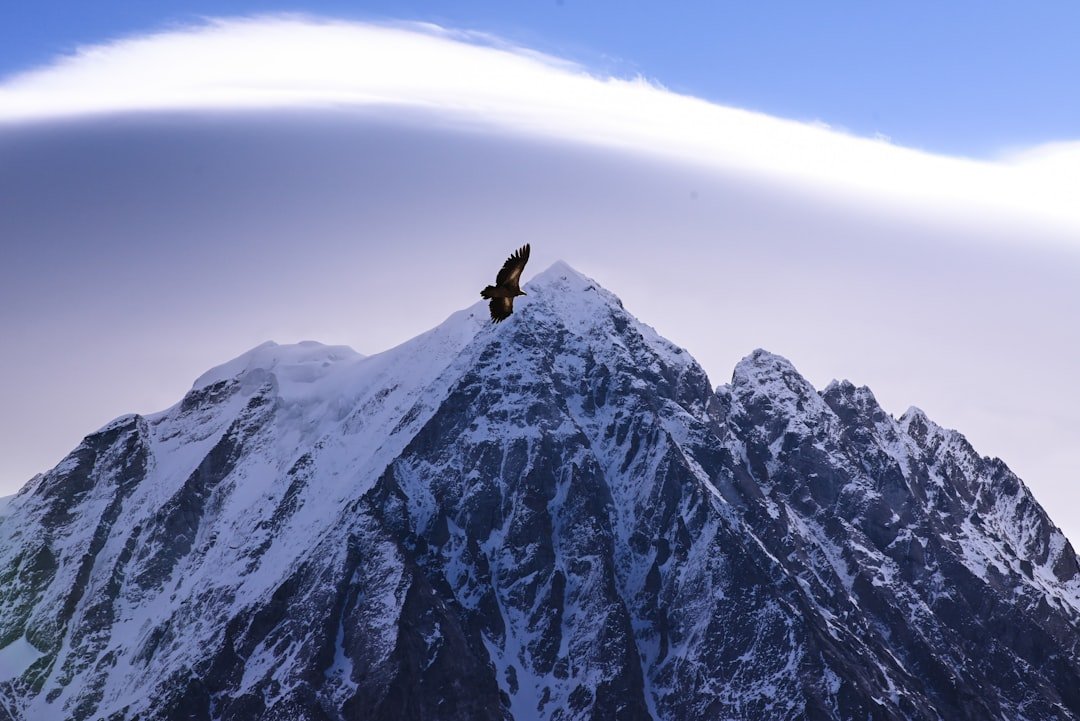
Winter shifts the dining table from splashy hunting to careful scavenging, and eagles accept the trade. Along the Chilkat and other rivers where groundwater upwelling keeps channels open, late salmon runs and carcass drifts pile up like a slow-motion buffet. The birds key on timing as much as place, moving with freeze–thaw pulses that push food downstream. When the fish aren’t cooperating, they pivot – gulls, waterfowl, intertidal crabs, and even mammal carrion become calories that keep furnaces burning.
Energy economics rules every decision. A short glide to a carcass beats a long, risky chase after a healthy duck, and a perch above eddies trumps a fruitless search over locked ice. Kleptoparasitism – stealing from others – surges in bad weather because it’s cheaper than catching your own. These choices aren’t desperation; they’re optimization, the same kind you make when you skip a grocery run in a blizzard because leftovers will do.
Built-In Cold Armor: Feathers, Feet, and Heat
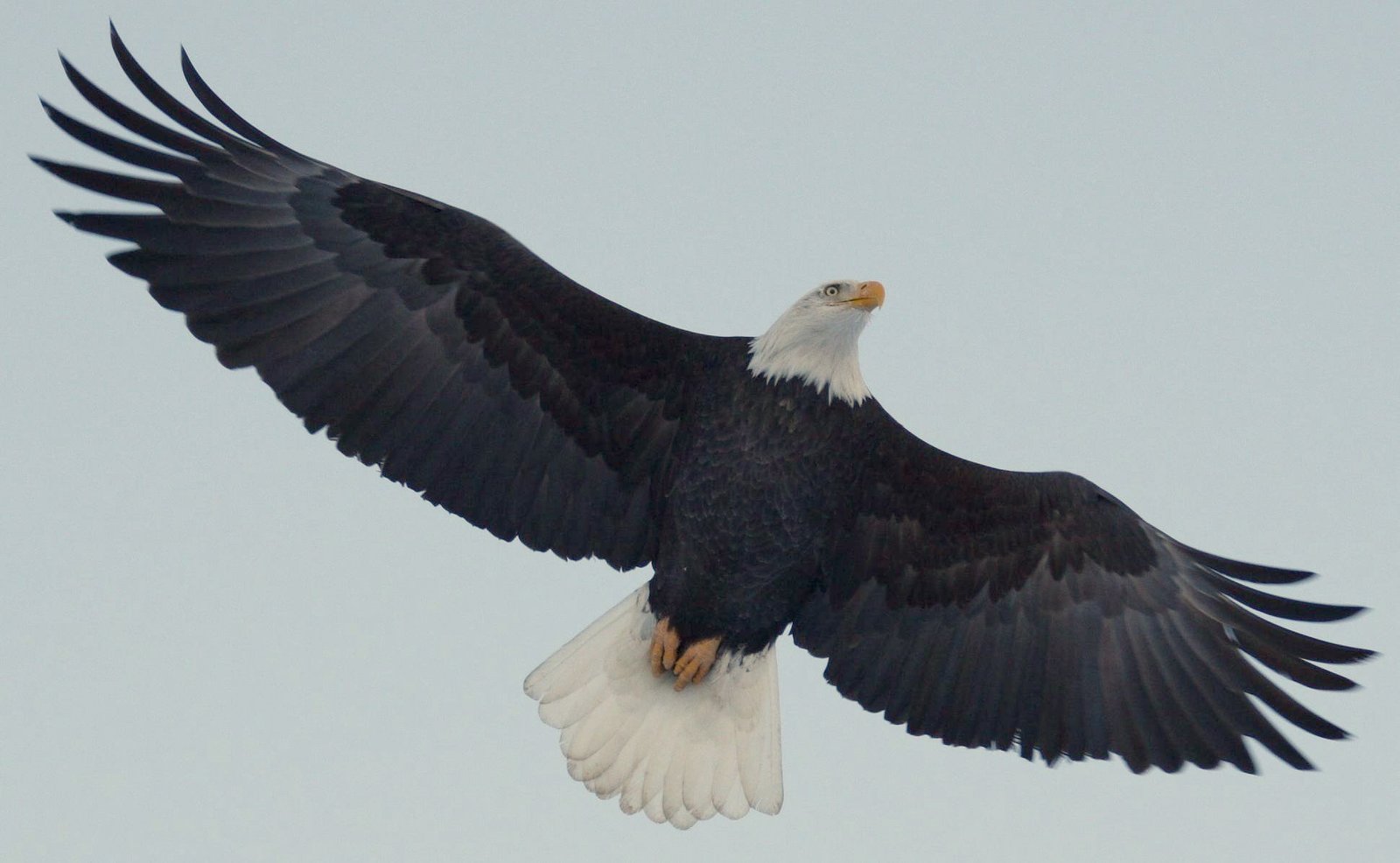
Eagles wear a multi-layered coat that would make a mountaineer jealous. Dense down traps warm air close to the skin, while sleek contour feathers knit a windproof shell and shed water. When gusts rise, the bird can subtly puff or slick those layers to tune insulation on the fly. Preen oil helps keep wet feathers from stealing body heat, and the heavy beak stays surprisingly efficient thanks to well-managed blood flow.
The legs tell the coolest story – literally. Warm arterial blood heading down runs alongside cooler venous blood returning up, swapping heat like two hands passing a mug, so the feet stay functional without dumping precious warmth. That’s why an eagle can stand on ice, then tuck one foot into its belly feathers to trim losses even further. Add shivering thermogenesis – tiny muscle vibrations that create heat – and you get a living furnace that can idle low or rev high when storms muscle in.
Minds in the Storm: Behavior That Outsmarts Weather
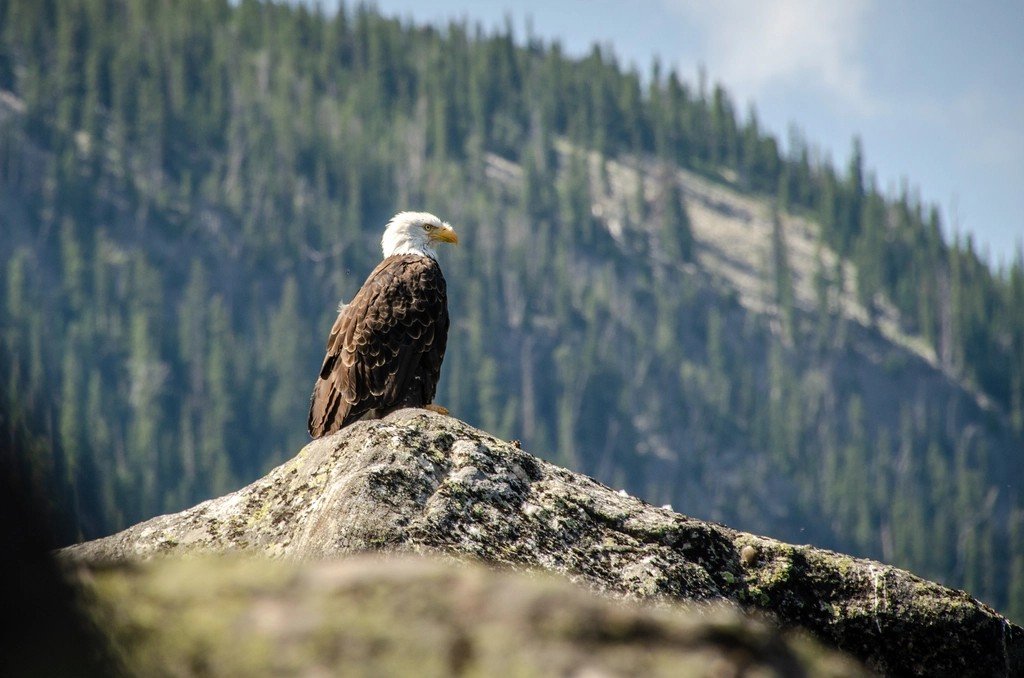
Survival here isn’t only about hardware; it’s about decisions. Eagles pick roosts with surgical care, often in tall conifers near open water where branches break the wind and dark needles absorb a bit of radiant heat. Communal roosting shows up on the coldest nights, dozens or more birds perched together to reduce exposure and share a kind of social weather shield. Come morning, they face into the wind to manage feather lift and warm faster with the weak sun.
Flight is thriftier than it looks when you ride the right air. Katabatic winds pouring off glaciers and orographic lift along cliffs offer free elevator service, cutting the cost of commuting to feeding sites. On dull days, their posture says everything: low movement, short hops, and long waits – like a seasoned fisher waiting for the tide to turn. These are not random pauses; they’re a budget plan written in feathers and patience.
Why It Matters
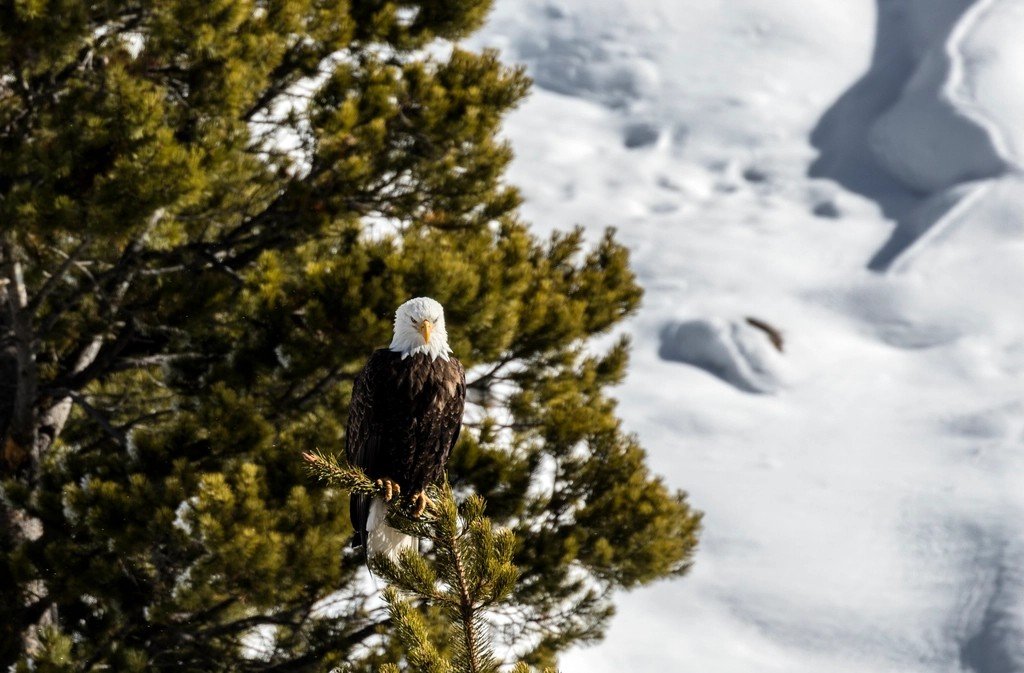
Bald eagles are more than a national emblem in winter light; they are living gauges of coastal health. When salmon runs falter, the ripple shows up in eagle body condition, breeding success, and survival of juveniles facing their first cold season. That link ties fisheries management, river restoration, and watershed protection directly to a raptor most people know by silhouette. It also reframes scavenging as ecosystem service – cleaning carrion, redistributing nutrients, and keeping energy moving when the landscape slows down.
There’s another reason to care: what we learn here scales. Principles of countering heat loss, optimizing movement, and timing for food pulses echo across species from Arctic foxes to wintering sea ducks. Comparing winter strategies to traditional assumptions – like the old idea that eagles simply migrate away from cold – shows how partial our past picture was. Many do stay, and they do it by mastering physics and behavior that we can measure, test, and, crucially, protect.
The Future Landscape
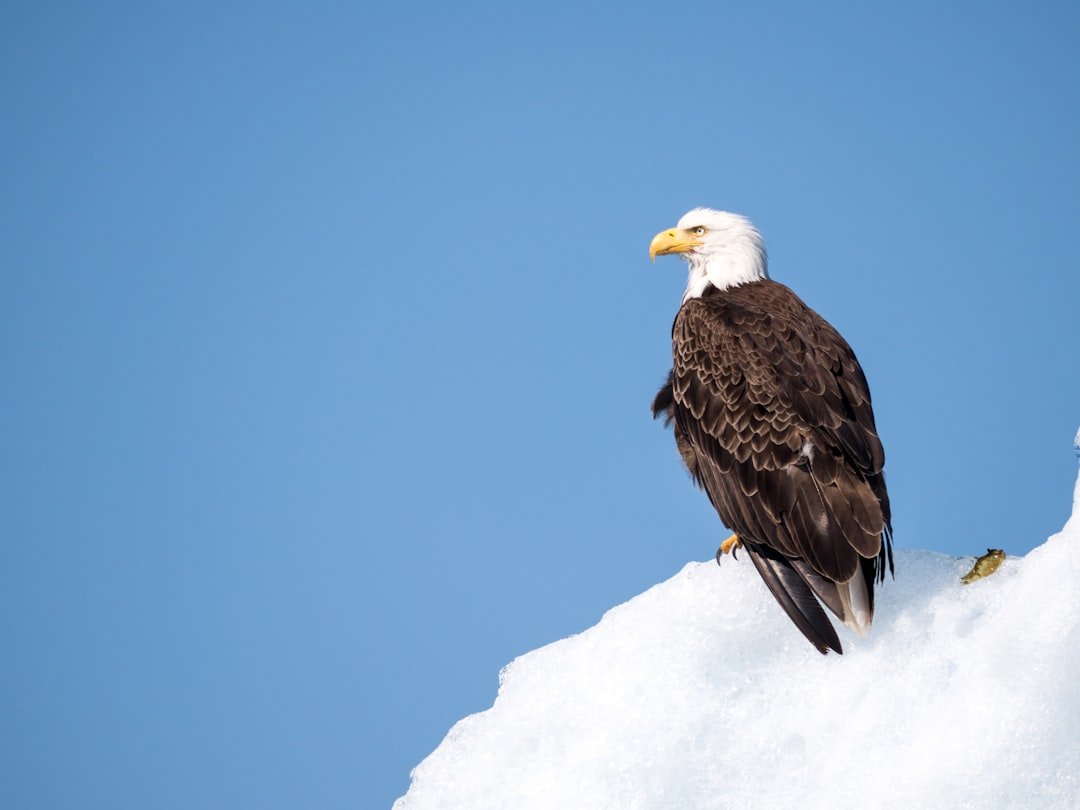
Alaska is warming, and that complicates a survival script that depends on predictable ice, wind, and water timing. Earlier thaws might extend open water but also disrupt salmon schedules, shifting the calendar that eagles have followed for generations. Stronger storms can raise the commute cost, pushing birds to riskier food sources or crowded roosts where stress and disease spread more readily. Lead fragments from big-game carcasses remain a stealth threat when scavenging spikes after hunting seasons, and power infrastructure adds collision hazards in windy corridors.
On the bright side, technology is catching up to the challenge. Lightweight GPS tags with solar recharge, thermal drones that map heat leaks at roosts, and eDNA sampling that flags salmon presence in winter-dark waters let managers predict bottlenecks before birds pay the price. Modeling that knits weather forecasts with river discharge and carcass drift could one day alert communities to wildlife “traffic jams.” If we act on those signals, the next generation of eagles may find winter hard – but not unfair.
What You Can Do
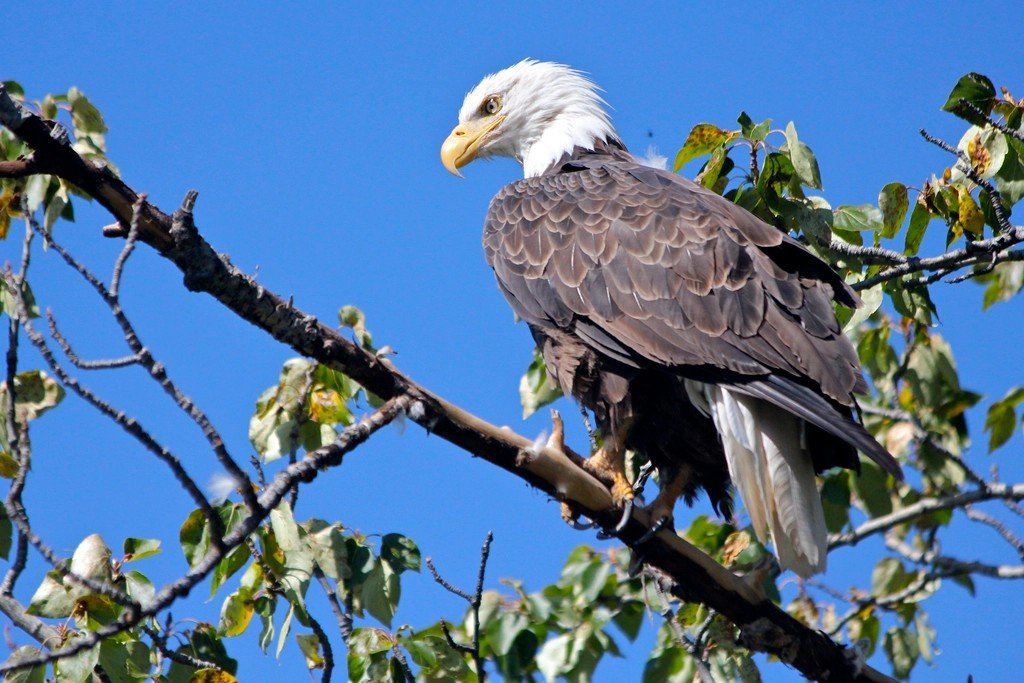
Winter conservation doesn’t have to be complicated or grand. Switch to non-lead ammunition if you hunt, dispose of fishing tackle that contains lead, and pack out carcass remains away from public pullouts to reduce roadside feeding and collisions. Support watershed groups that restore salmon habitat and monitor late-season flows, because a healthy river is the best pantry an eagle could ask for. If you live or travel in eagle country, give roost trees and shoreline feeding spots a wide berth during cold snaps – harassing a hungry bird forces it to spend fuel it can’t spare.
Small choices add up faster than wind over a fjord. Back community science projects that track winter eagle counts, and speak up for infrastructure planning that marks or buries hazardous lines in known flight paths. When the air turns sharp and the bays steam, look toward the edges of moving water and remember that survival here is a precise dance. Will we keep the music playing long enough for these birds to keep dancing through winter’s hardest notes?

Suhail Ahmed is a passionate digital professional and nature enthusiast with over 8 years of experience in content strategy, SEO, web development, and digital operations. Alongside his freelance journey, Suhail actively contributes to nature and wildlife platforms like Discover Wildlife, where he channels his curiosity for the planet into engaging, educational storytelling.
With a strong background in managing digital ecosystems — from ecommerce stores and WordPress websites to social media and automation — Suhail merges technical precision with creative insight. His content reflects a rare balance: SEO-friendly yet deeply human, data-informed yet emotionally resonant.
Driven by a love for discovery and storytelling, Suhail believes in using digital platforms to amplify causes that matter — especially those protecting Earth’s biodiversity and inspiring sustainable living. Whether he’s managing online projects or crafting wildlife content, his goal remains the same: to inform, inspire, and leave a positive digital footprint.

